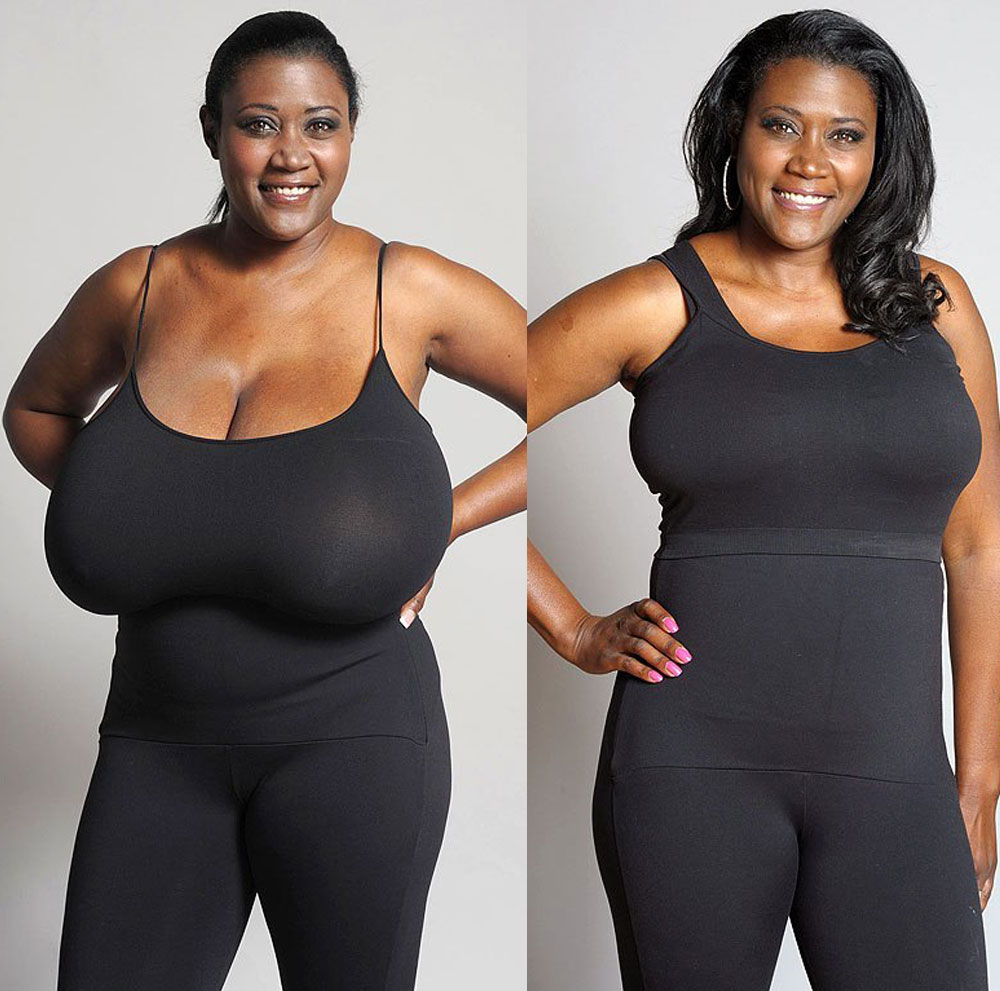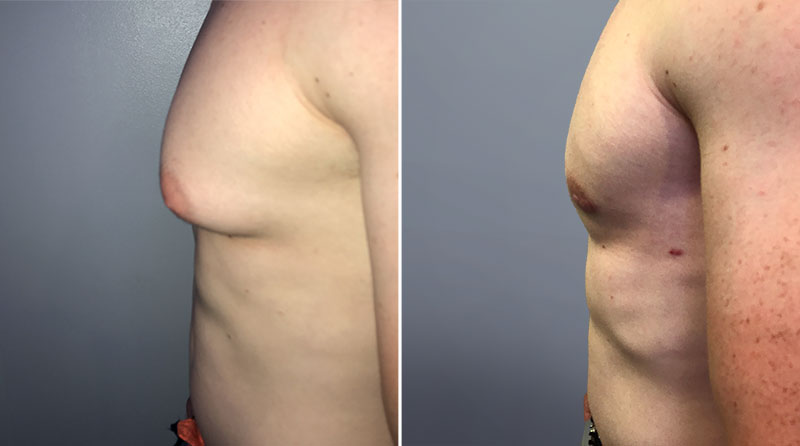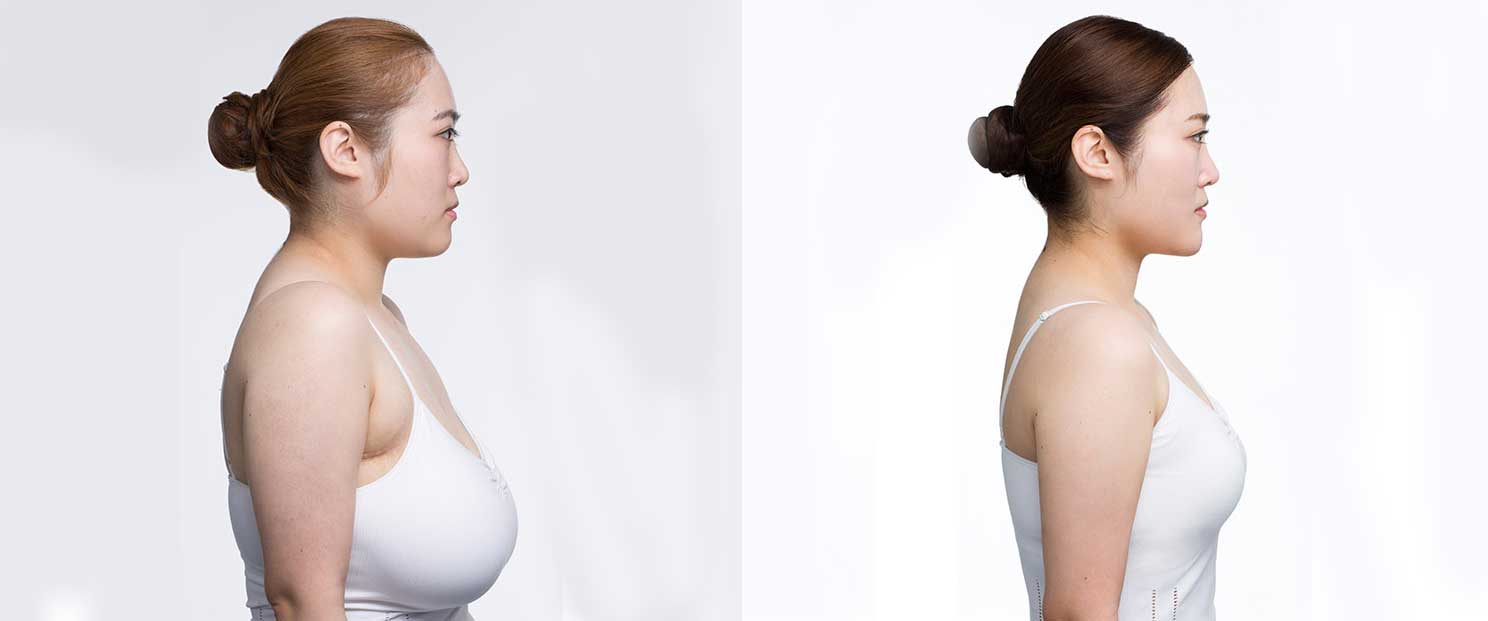نمایشگاه گردشگری سلامت کانادا(Canada International Health Tourism expo) که هرساله در یکی از ایالتهای کانادا…
After Breast Reduction Surgery
After surgery, gauze dressings will be applied to each breast, and your breasts will be wrapped in an elastic bandage or covered with a surgical bra. Small tubes may be inserted into your breasts to help drain accumulated blood and fluids during the first 1 or 2 days. The doctor will ask you to get up and move around after a day or two. Your bandages can be removed 2 days after surgery, although you will have to wear the surgical bra day and night for several weeks until the swelling and bruising subside. The surgeon will remove your stitches in 1 to 3 weeks.
You will have pain for the first few days, especially when you move around or cough. Milder pain may last up to a week, and periodic shooting pains could persist for a few months. Your surgeon will prescribe pain medication to help relieve your discomfort. Loss of feeling in the nipples and breast skin is common but feeling usually returns in about 6 weeks, although some women report loss of feeling for up to a year. In some cases, the loss of feeling is permanent. Breast reduction surgery leaves permanent scars.
Follow your doctor’s instructions about resuming your usual activities. Your breasts may take 6 months to 1 year to reach their final shape. It may take a while before you are comfortable with how your breasts look but, in general, most women are extremely satisfied with breast reduction surgery. The most common complications of breast reduction surgery include bleeding, infection, breasts that are not the same size, and permanent loss of feeling in the nipples and breasts. In rare cases, the nipple and areola can lose their blood supply, resulting in tissue death. Skin graft surgery can correct this problem.

The Procedure
Male breast reduction is done as an outpatient procedure using either general anesthesia or a local anesthetic with sedation. For both liposuction and surgery procedures, an incision is made in the lower half of the areola (the dark area surrounding the nipple). If the tissue is mostly fat, a small liposuction rod is inserted into the incision to remove excess fat and other tissue. If the tissue in the breast is more glandular, all the tissue directly under the nipple is removed surgically. The procedure usually takes 1 to 2 hours.
After Surgery
After breast reduction surgery, you may experience temporary swelling, bruising, numbness, soreness, or a burning sensation that can last from several days to 2 weeks. You can resume your usual activities within 3 to 7 days and engage in strenuous activities in 2 to 3 weeks. The swelling and bruising usually subside within 3 to 6 months. The doctor may recommend wearing a compression garment for several weeks after surgery to help relieve some of the symptoms. Besides the usual risks from surgery (such as infection), possible complications of breast reduction surgery include asymmetrical breasts, saggy skin, abnormal skin pigmentation, and excessive scarring.
Most men are very happy with the results of breast reduction surgery, which are permanent. However, the procedure may have to be repeated if too little tissue was removed from inside the breast or if excess skin remains after the surgery.
The Procedure
Breast reduction surgery may be done in a hospital or in an outpatient facility. It is always performed while the woman is under general anesthesia. The procedure takes from 2 to 4 hours.
Breast reduction techniques vary, depending on the amount of tissue to be removed. Using the most common technique, the surgeon makes an anchor-shaped incision around the areola (the dark area surrounding the nipple), down the middle of the bottom of each breast, and along the natural crease under the breast. The surgeon then cuts away excess fat, glandular tissue, and skin and moves the still-attached nipple to a higher position. Finally, he or she pulls the skin from both sides of the breast down and around the nipple and stitches the skin together along the original incision lines. If the breasts are extremely large, the surgeon may have to cut the nipples away and graft them into a new position on the breast. This technique causes the most loss of sensation in the nipple.
Liposuction breast reduction, also called scarless breast reduction is a less invasive way to remove fatty breast tissue in women.

Male Breast Reduction
For male breast reduction, most doctors use liposuction to suction out the excess fat and tissue in the breasts. Liposuction is often combined with surgery to remove the tissue in a procedure similar to female breast reduction.
Gynecomastia
Gynecomastia is excessive growth of the male breasts. In some cases, the breasts may even produce milk. Forty to 60 percent of all adult men have some form of gynecomastia. In adolescents, a mild degree of gynecomastia is normal. Most cases of gynecomastia in adults are caused by an excess amount of the female hormone estrogen in the blood. Men normally produce small amounts of estrogen, but some men produce an increased amount because of disorders such as obesity, a liver disease such as cirrhosis, or hormone abnormalities. Gynecomastia also can be a side effect of taking some prescription medications, drinking excessive amounts of alcohol, or using marijuana. Rarely, gynecomastia is a symptom of breast cancer. In many cases, the cause is unknown. If the condition is caused by an underlying disorder, it usually subsides once the underlying disorder is treated. Most cases are not severe enough to require surgery.
Some men who have enlarged breasts (gynecomastia) may want to have the excess glandular tissue removed. The type of procedure used depends on the degree of breast enlargement.
Best Doctors:






